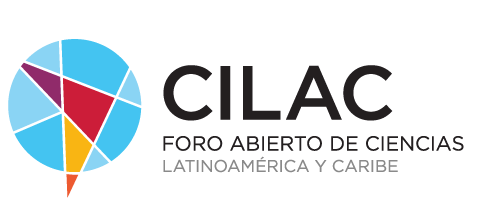
Aboard a US Cygnus replenishment freighter, October 3 will arrive at the International Space Station (ISS) the Universal Waste Management System (UWMS).
A new, smaller, more comfortable, easier-to-use toilet that will be able to serve a larger crew.
UWMS
The new toilet features a 65% smaller and 40% lighter construction than the current space station toilet.Improved integration with other components of the space station's water system will help recycle more urine, which, yes, astronauts drink after it's filtered and processed.

"We recycle about 90% of all water-based liquids on the space station, including urine and sweat," explains the NASA astronaut. Jessica Meir"What we're trying to do aboard the space station is mimic elements of Earth's natural water cycle to recover water from the air. And when it comes to our urine on the ISS, today's coffee is tomorrow's coffee!"
In the absence of gravity, spatial toilets use airflow to draw urine and feces away from the body and into the appropriate receptacles. A new feature of the UWMS is the automatic start of the airflow when the toilet lid is lifted. which also helps with odor control.
It also features a more ergonomic design that requires less cleaning and maintenance time, with durable, corrosion-resistant parts to reduce the likelihood of off-schedule maintenance.
For added privacy, the toilet is located inside a cubicle like a public restroom on Earth.
The UWMS seat may look uncomfortably small and pointy, but in microgravity it's ideal. Provides ideal body contact to ensure everything goes where it should.
Toilet paper, wipes, and gloves are disposed of in airtight bags. Solid waste in individual impermeable bags is compacted into a removable fecal storage containerA small number of fecal containers are returned to Earth for evaluation, but most are loaded onto a cargo ship that burns up upon re-entry into Earth's atmosphere.
–
The news
Smaller, more comfortable and easier to use: this is the new toilet that will be installed on the International Space Station
was originally published in
Xataka Science
by
Sergio Parra
.

